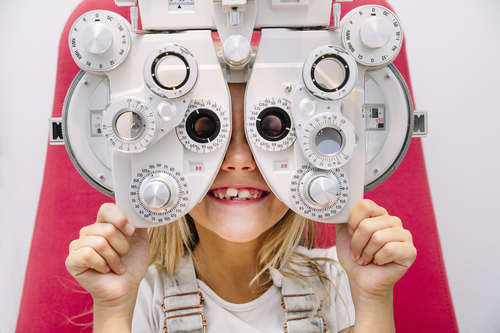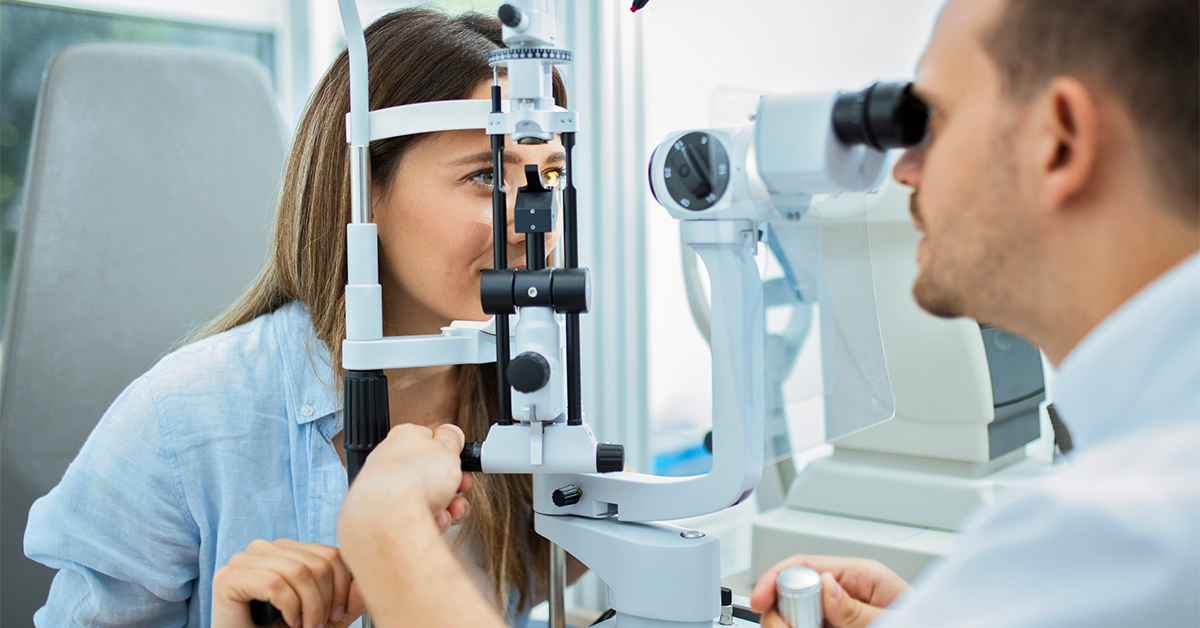Exactly How an Eye Doctor Can Help Avoid Vision Problems in Chino
Exactly How an Eye Doctor Can Help Avoid Vision Problems in Chino
Blog Article
Checking Out the most up to date Technical Improvements in Optometry and What They Mean for Optometrists
In the ever-evolving field of optometry, current technical developments are reshaping exactly how practitioners come close to eye care. From the accuracy of Optical Comprehensibility Tomography to the nuanced understandings offered by AI-driven diagnostic devices, these developments are setting brand-new standards in patient analysis and treatment. Teleoptometry is poised to redefine availability, ensuring that know-how goes beyond geographical constraints. As these innovations permeate the practice, eye doctors are encountered with the obstacle of welcoming these tools to enhance individual results. The question stays: exactly how will these technological shifts redefine the duties and obligations within the profession?
Technologies in Diagnostic Equipment
Progressing the field of optometry, technologies in analysis tools have actually reinvented the means eye care experts assess and identify eye conditions and visual disabilities. The previous decade has seen considerable technological developments, enabling even more accurate and thorough examinations.
One more secret advancement is the introduction of innovative corneal topography systems, which map the surface curvature of the cornea with precision. These tools are specifically advantageous for suitable call lenses and diagnosing corneal conditions. In addition, digital retinal imaging has changed traditional ophthalmoscopy, using in-depth, scenic views of the retina that facilitate comprehensive visual examinations.
The advancement of wavefront aberrometry has actually also been critical, allowing the analysis of refractive errors with unmatched accuracy (Eye Doctor Optometrist). This modern technology assists in personalizing rehabilitative lenses and boosting medical outcomes for refractive surgical treatments. Jointly, these diagnostic innovations equip optometrists to provide remarkable individual treatment, making sure early treatment and tailored treatment strategies, eventually enhancing visual health and wellness results
AI in Patient Monitoring
Building on the structure of cutting-edge diagnostic tools, the unification of fabricated intelligence (AI) in patient administration stands for a transformative leap for optometry. AI systems are significantly employed to improve efficiency, accuracy, and personalization in person care.
In addition, AI-driven systems facilitate structured patient interactions and management processes. Automated organizing, online assessments, and individualized follow-up strategies not only enhance person complete satisfaction however likewise optimize time administration for practitioners. These systems can triage patients based on the necessity of their conditions, ensuring that those in vital need get timely focus.
Furthermore, AI boosts decision-making by offering optometrists with evidence-based recommendations and treatment paths. By incorporating data from digital health documents, AI tools provide insights that educate clinical decisions, reducing the danger of mistakes and improving person outcomes. As AI remains to develop, its function in individual management will likely increase, improving the landscape of optometric care.
Developments in Retinal Imaging
In the world of optometry, retinal imaging has experienced impressive technological advancements that are enhancing analysis abilities and person treatment. Technologies such as Optical Coherence Tomography (OCT) and fundus digital photography have revolutionized exactly how optometrists analyze the retina and picture.
Boosted imaging modalities like OCT angiography are further refining diagnostic accuracy. This non-invasive strategy maps blood circulation in the retina, supplying important insights right into vascular wellness without the requirement for color injections. Additionally, adaptive optics technology is being incorporated into retinal imaging systems to correct eye aberrations, delivering extraordinary picture clearness. Such improvements promote the recognition of minute retinal changes that could symbolize illness development.
Furthermore, improvements in artificial intelligence are augmenting retinal imaging by allowing automatic evaluation of large datasets. These systems help optometrists in recognizing patterns a measure of pathology, thereby improving analysis accuracy and effectiveness. Collectively, these advancements are changing retinal imaging right into a keystone of modern-day eye treatment, boosting outcomes and expanding healing opportunities.
Teleoptometry's Growing Function
Teleoptometry is progressively ending up being an my blog important component of eye treatment, driven by innovations in electronic interaction and diagnostic tools. This is particularly advantageous in country and underserved areas where access to specialized eye treatment is frequently limited.
The integration of expert system (AI) additional boosts teleoptometry, making it possible for the analysis of aesthetic information and assisting in the discovery of eye conditions such as glaucoma and diabetic retinopathy. AI-powered formulas can rapidly translate complex imaging information, providing optometrists with beneficial insights that link boost clinical decision-making.
In addition, teleoptometry supports continuity of treatment through smooth combination with electronic health and wellness documents (EHRs), enabling eye doctors to preserve comprehensive patient histories. This makes sure that clients receive regular and tailored treatment also when seeking advice from various professionals.
Regardless of these benefits, challenges remain, consisting of ensuring information protection and handling patient expectations. Nevertheless, teleoptometry stands for a substantial stride towards even more easily accessible, effective, and patient-centered eye care. As technology evolves, its role is positioned to expand even more.

Future Patterns in Eye Care
A myriad of cutting-edge trends is readied to improve the future of eye treatment, driven by technological advancements and the developing needs of people. One substantial fad is the assimilation of expert system (AI) in diagnostics, which guarantees to improve the precision and effectiveness of eye assessments. AI algorithms can examine huge amounts of information from retinal pictures, potentially detecting problems like why not look here diabetic person retinopathy and glaucoma earlier than typical techniques.
Additionally, personalized medicine is gaining grip in optometry, with hereditary testing notifying customized treatment strategies. This technique intends to enhance person outcomes by customizing interventions to private hereditary profiles. Wearable technology, such as wise contact lenses, is likewise on the perspective, providing real-time monitoring of intraocular stress or glucose levels, hence providing constant insights into systemic and eye health and wellness.
The fostering of enhanced truth (AR) and digital fact (VR) in training and person education and learning is another arising trend. These innovations provide immersive experiences that can enhance understanding and abilities both for optometrists and people. As these fads develop, eye doctors have to remain abreast of technological improvements to provide sophisticated care, making sure better patient results and complete satisfaction in the dynamic landscape of eye treatment.
Final Thought

Collectively, these analysis innovations empower eye doctors to supply premium patient treatment, making sure early treatment and customized treatment methods, inevitably improving aesthetic health end results.

As these modern technologies continue to evolve, optometrists must adapt and integrate them right into practice, inevitably enhancing process effectiveness and elevating the criterion of eye care delivered to patients.
Report this page